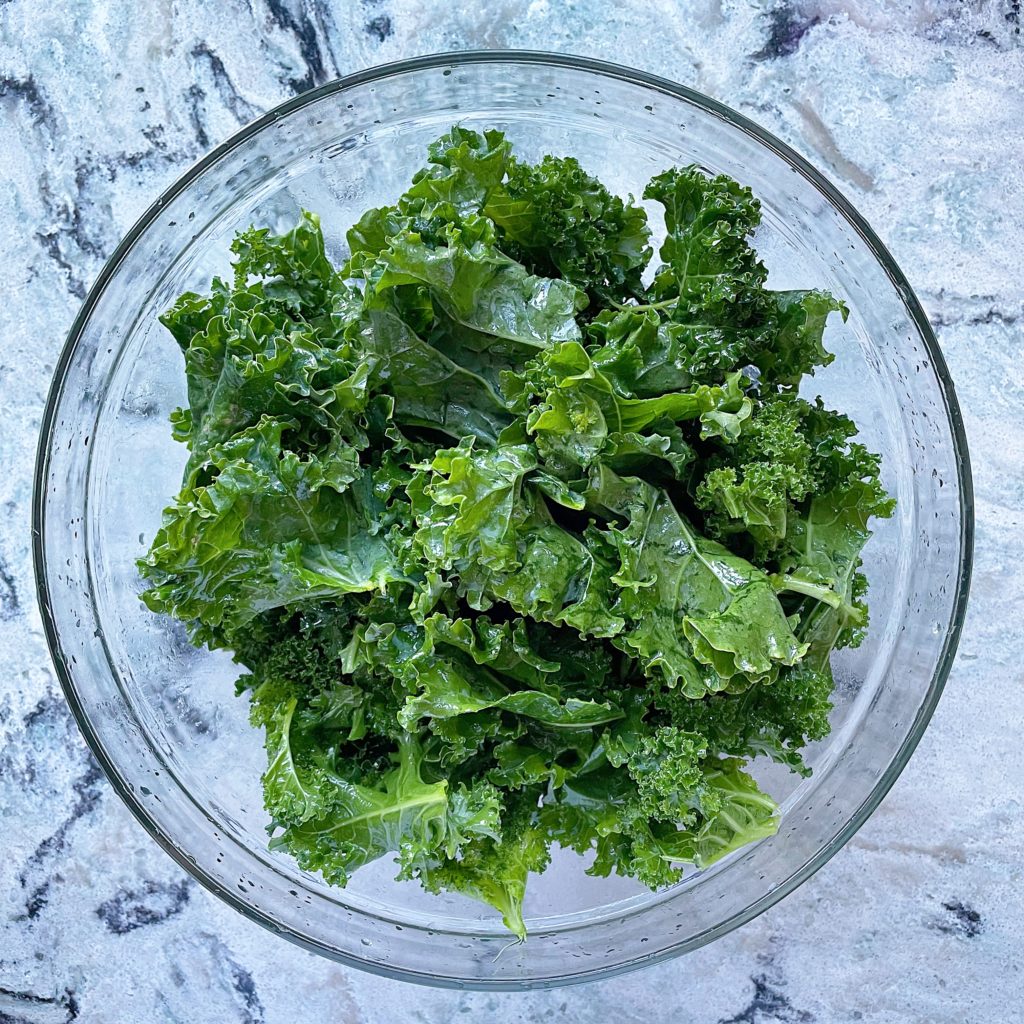“Eat your dark leafy greens!” Sound familiar? Let’s take a look at why we should be eating our greens each day!
Leafy greens (especially the dark ones!) are one of the most nutrient-dense foods available to us. The list of benefits of eating dark leafy greens seems never-ending, but we picked out a few to highlight.
Fight off oxidative stress
Leafy greens are a food group that contain one of the highest amounts of antioxidants. This is important for protecting against cellular damage, which would otherwise lead to neurodegenerative diseases, heart disease, diabetes, certain types of cancers, and earlier mortality.
Boost Immune System
Dark leafy greens are rich in folate, iron, calcium, fiber, vitamin C, and vitamin K. They boost immunity by creating signals that stimulate the growth of I.E.L. cells – cells which regulate humoral immunity.
Humoral immunity is a physiological mechanisms that protects the body from pathogens and foreign substances that are found in the extracellular fluids of the body. This is very important since many bacteria that cause infectious diseases in humans are able to multiply in the extracellular spaces of the body.
Improve vision and brain function
Many leafy greens contain high amounts of two antioxidants called lutein and zeaxanthin. In addition, they are rich in beta-carotene and vitamin C. These nutrients are known to protect the eyes from oxidative stress and vision-related health concerns, such as macular degeneration.
Studies have also shown that daily consumption of one serving of leafy greens per day helps to slow cognitive decline as well.
Detoxification
Leafy greens get their green color from chlorophyll. Foods rich in this pigment are able to bind to heavy metals and toxins in the blood, which are then carried out of the body.
Specific herbs, such as cilantro and parsley, are known to be excellent detoxifiers. These herbs are best used fresh – this allows you to reap all the benefits.
Support a healthy gut
Leafy greens fuel the good bacteria in our gut, creating a more ideal gut microbiome. This, in turn, improves many areas of our health! They also support a healthy inflammatory response and help to seal up the tight cell junctions in the gut.
The fiber and electrolytes in the greens also helps to regulate bowel movements.
Have we convinced you to get your daily dose of greens? We hope so! Can you eat at least one cup (or two?!) of leafy greens each day? That’s a good goal!
Greens don’t only have to be eaten in the form of a salad, they can be sautéed and served warm, chopped up and put into a quinoa (or other grain) salad, blended into a smoothie, turned into a sauce (pesto or chimichurri!), added to soups, used as wraps (swiss chard works well for this!), etc.
Cooking tip: Kale is oftentimes not a favorite in salads – it is quite tough! When making a salad with kale, we first cut it into small pieces and place it in a large bowl. Then, we drizzle it with a bit of olive oil, sprinkle it with sea salt, and massage it with our hands. This softens the kale and, in our opinion, makes it more enjoyable to eat!
Remember, eat your dark leafy greens! 😉

